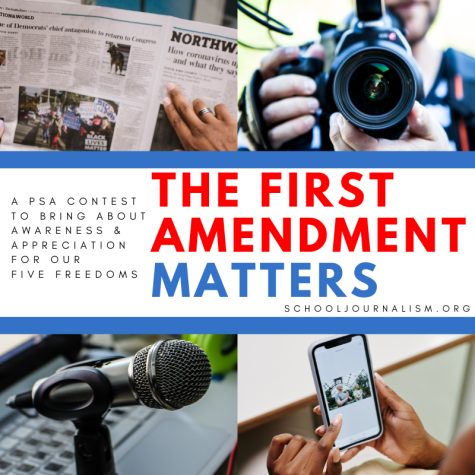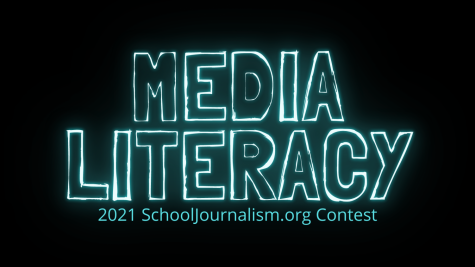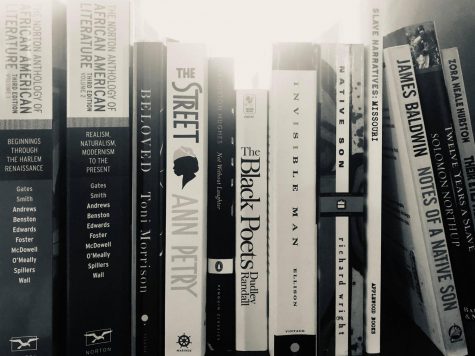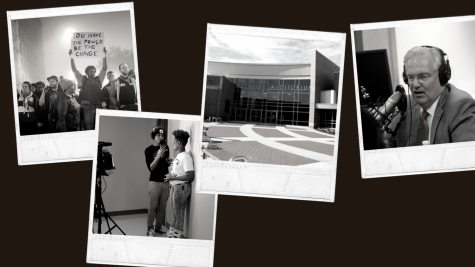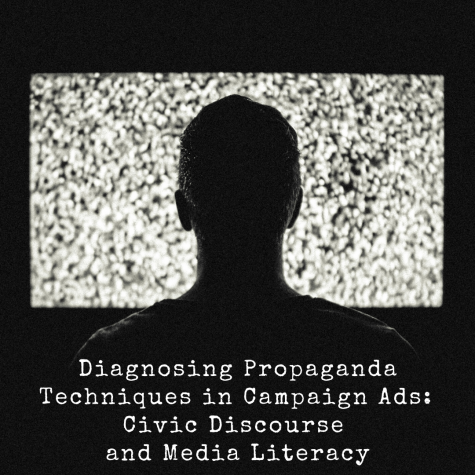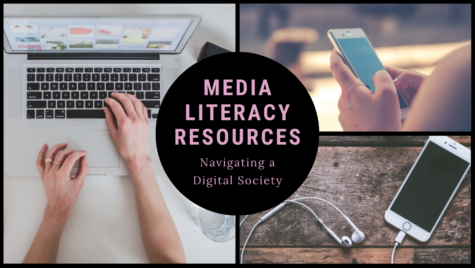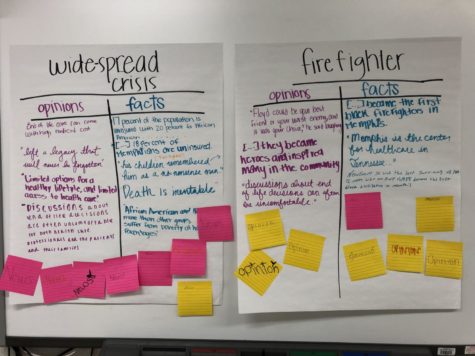Roundtables provide a template for teaching news literacy skills
The National Community and News Literacy Roundtables Project, launched in June by the American Society of News Editors, gives a template for how schools can introduce news literacy concepts to students.
In partnership with the American Press Institute and The News Literacy Project, the two-year project is helping local communities use the tools of news literacy to spark constructive dialogue on important issues, which builds a better-informed citizenry. The Robert R. McCormick Foundation is providing funding.
For each roundtable, the project seeks a local educational partner, a media partner and a community partner to identify a topic of local interest to be used as the basis for a discussion about how that topic is reported, consumed and debated in the community. The roundtables lay the groundwork for positive civic engagement by sifting through the various information available and teaching and implementing the critical thinking skills involved in news literacy.
“The roundtables format is a really good way to encourage students to have fact-based discussions of important issues rather than opinion-based discussions, and this is really what news literacy is about,” said Tina Peterson, a consultant with the News Literacy Project, who is working with the roundtables project.
“We like to say you’re entitled to your own opinion, but you’re not entitled to your own facts about a particular issue,” she said.
The roundtables format encourages people to think critically about important issues and examine what they think they know about those issues, Peterson said, and sometimes what they think they know is not actually the whole story.
A teacher might want to host a roundtable to discuss something that is happening in the school community. For example, Peterson was recently at a school where a student got in trouble for standing up in the cafeteria during lunch and protesting the suspension of another student. A roundtable could help work through the rumors after a situation like that, Peterson said.
“You have to agree on what the facts are before you can have an intelligent discussion about something,” Peterson said.
Inviting relevant members of the community is also helpful, Peterson said. For example, if there is an issue with policing of a particular campus, the school could invite a representative of the local police department to a roundtable on the topic.
It’s important to pick a subject that everyone is interested in because people are going to engage more in the discussion if they feel invested in the outcome, Peterson said.
“The flip side of that, of course, is that if you pick something that’s really important to people, they’re going to have very strong opinions about it,” Peterson said. “And one thing that we’ve discovered with the roundtables is that you need to give people an opportunity to sort of state their positions about it early on so they can sort of get it off their chest, but then you need to really focus the discussion on finding the facts of something rather than just having everybody give their opinion as to how this should be solved.”
The ultimate goal of one of these roundtables should not be to reach a consensus on what should be done about an issue but to agree on what the facts of the issue are, Peterson said.
“I would encourage teachers not to see them as debates in the traditional sense but more like critical fact-finding activities,” she said.
The News Literacy Project offers resources to help build students’ news literacy skills, including an open-access digital unit, as well as videos and a blog.



